Locally called Tana, Antananarivo often serves as a gateway for travelers eager to explore Madagascar’s beaches and national parks. But to skip the capital would be to miss a vibrant and historic city filled with diverse architecture, bustling markets, and a rich cultural heritage. From ancient palaces to contemporary art galleries, Antananarivo offers a range of attractions that invite exploration. We spent in Tana the whole first week of our three-month stay in Madagascar, and it didn’t disappoint. Whether you’re looking for unique places to visit or simply want to dive into local sightseeing, Tana’s charm lies in its layers of history and its blend of Malagasy, French, and Asian influences. Following are fourteen of the best attractions not to miss.

Affiliation disclosure: By purchasing goods or services via the links contained in this post, I may be earning a small commission from the seller's profit, without you being charged any extra penny. You will be thus greatly helping me to maintain and keep enriching this website. Thanks!
As a side note, if you still haven’t booked your accommodation and looking for a budget-friendly lodge, I recommend Hotel St-Antoine. We stayed there and were totally content. It’s centrally located and safe. The staff are nice and the owner speaks English. If you’re looking for something more upscale, explore options on this map:
Stay22 is a handy tool that lets you search for and compare stays and experiences across multiple platforms on the same neat, interactive map. Hover over the listings to see the details. Click on the top-right settings icon to adjust your preferences; switch between hotels, experiences, or restaurants; and activate clever map overlays displaying information like transit lines or concentrations of sights. Click on the Show List button for the listings to appear in a list format. Booking via this map, I will be earning a small cut of the platform's profit without you being charged any extra penny. You will be thus greatly helping me to maintain and keep enriching this website. Thanks!
Rova (Queen’s) Palace
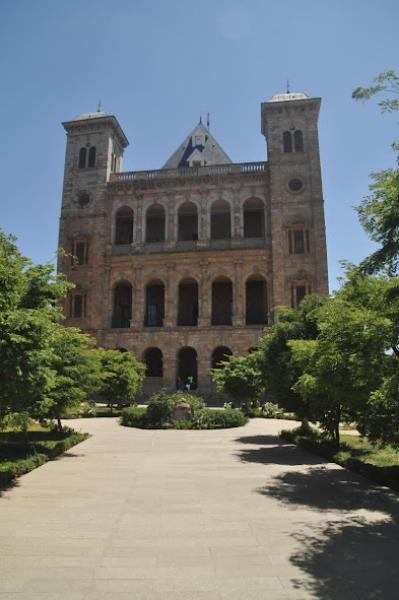
Perched atop the highest hill in the city, Rova, or the Queen’s Palace, is one of the most important landmarks in Antananarivo. Originally built as a royal residence for the Merina dynasty, it became a center of political and cultural power for the island’s monarchs in the 19th century. Although much of the palace was destroyed by fire, significant restoration efforts have returned parts of it to its former grandeur. Here, you can explore sections of the royal court, learn about Malagasy royalty, and take in sweeping views of Tana’s hilly landscape—a visit that’s both a lesson in history and a feast for the eyes.
Andafiavaratra Palace/Museum
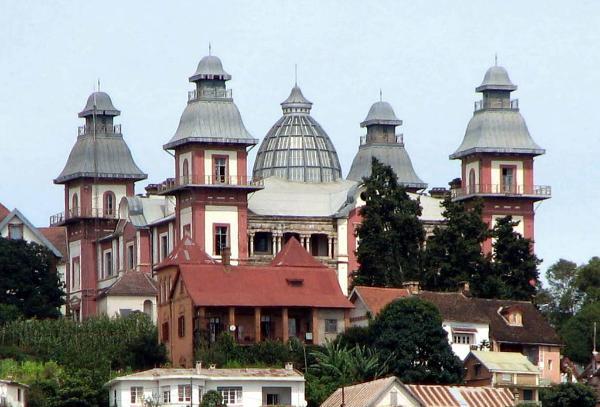
A short distance from the Queen’s Palace, Andafiavaratra Palace was once the residence of Prime Minister Rainilaiarivony, a key figure in 19th-century Madagascar. Today, it houses an impressive collection of over 1,400 artifacts rescued from the Rova fire, including royal garments, jewelry, and religious relics. Walking through its grand halls, visitors are transported to an era of Malagasy royalty and can admire pieces that paint a picture of court life, governance, and the island’s cultural heritage. It’s a must-visit for those looking to understand Madagascar’s history from a uniquely personal perspective.
Ambatondrafandrana Justice Palace
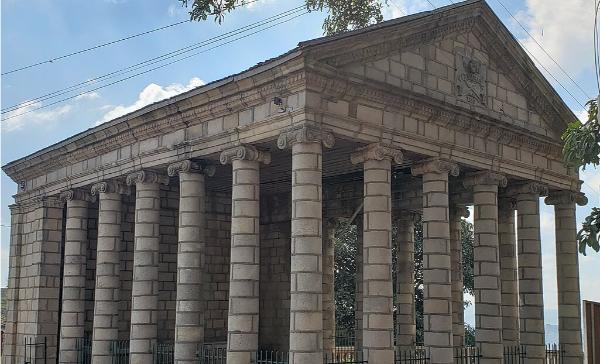
Ambatondrafandrana Justice Palace stands as a striking example of classical architecture in Antananarivo, with its symmetrical columns and pediment reminiscent of ancient Greek and Roman design. Unlike many other historic buildings in the city that blend local and colonial influences, this structure is purely classical, with clean lines and a formal, imposing presence. Located on one of the city’s hills, the palace offers a commanding view of the surroundings and is a quiet spot for reflection.
Immaculate Conception Cathedral
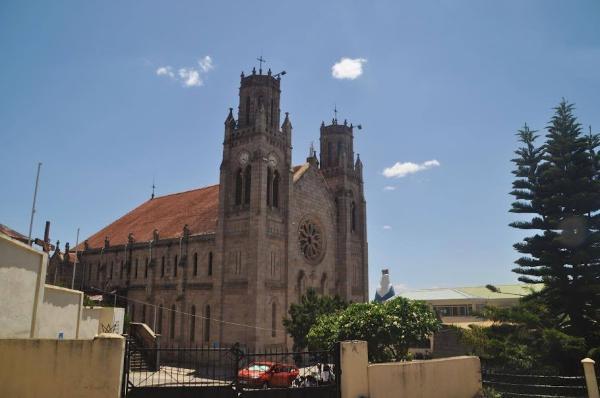
Built in the 19th century during the colonial period, the Immaculate Conception Cathedral is one of Antananarivo’s most visited religious sites. This majestic structure combines elements of European church architecture with locally inspired flourishes, resulting in a uniquely Malagasy cathedral. The serene interior, with its intricate stonework and beautiful stained glass, offers a welcome escape from the bustling city streets, while the nearby square often hosts quiet gatherings and events that add to its communal charm.
Faravohitra Church
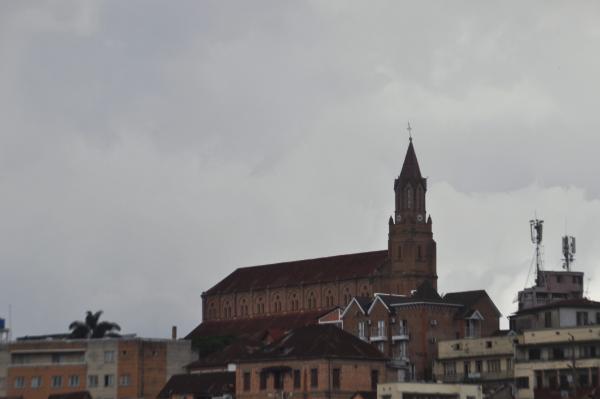
Set atop one of Tana’s many hills, Faravohitra Church is another well-preserved piece of Malagasy and colonial heritage. Located in a peaceful neighborhood, this church offers a unique atmosphere with its mix of architectural styles and welcoming community. It’s worth the visit for a quiet moment of reflection, and the hilltop vantage point offers a lovely view over the city’s colorful rooftops and winding streets below.
Analakely Market
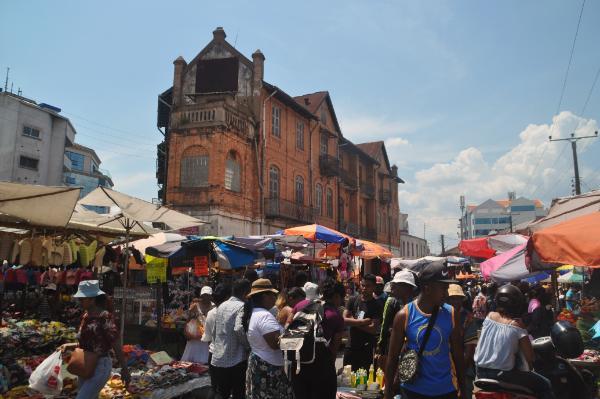
Antananarivo’s busiest market, Analakely is the heart of local commerce and a must-visit for anyone wanting to experience Malagasy daily life. This open-air market is a sensory adventure, filled with vendors selling everything from fresh fruits and spices to traditional crafts and clothing. For those interested in Malagasy street food, it’s the perfect place to try a variety of local snacks, while the market’s vibrant atmosphere provides insight into the social and economic fabric of the city.
Independence Avenue
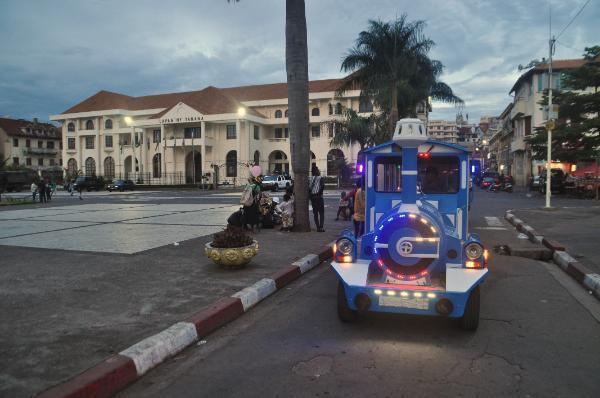
Independence Avenue is Antananarivo’s main thoroughfare and one of its liveliest areas. Originally built during the colonial period, this wide boulevard is lined with historic buildings and a variety of shops. Stretching through the heart of the city, the avenue serves as a bustling hub of activity, with locals going about their daily business, street vendors selling goods, and the iconic Soarano Train Station marking one end.
Soarano Train Station
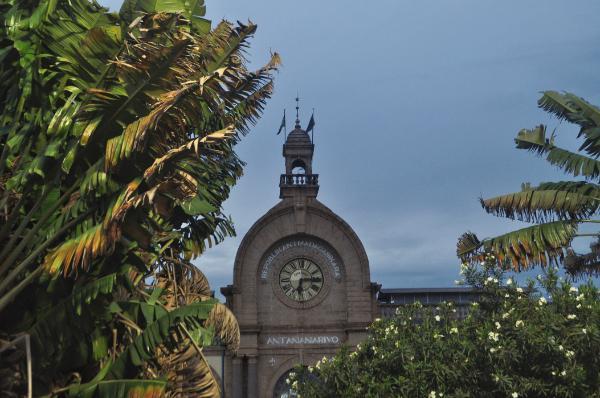
A remnant of the French colonial era, Soarano Train Station remains one of the most beautiful structures in Antananarivo. Its grand façade, complete with a clock tower and intricate details, showcases a piece of the island’s early 20th-century architecture and reflects Madagascar’s place in the colonial trade routes. Although train services have dwindled over time, the station itself has been preserved as a historical landmark and a symbol of Tana’s connection to the rest of the island.
Lake Anosy
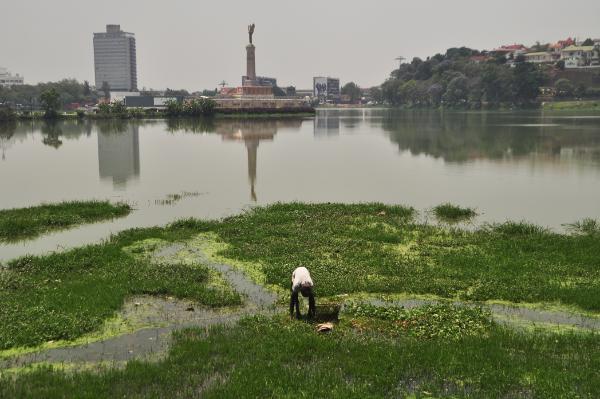
Located in the heart of Antananarivo, Lake Anosy is marked by the Black Angel monument, a tribute to Malagasy soldiers who lost their lives in World War I. Accessible by a pedestrian bridge, the statue stands on a small island within the lake and holds strong symbolic importance for the city. As one of Tana’s prominent landmarks, Lake Anosy draws visitors interested in the capital’s history and serves as a significant reminder of the country’s past.
Rainiharo’s Tomb
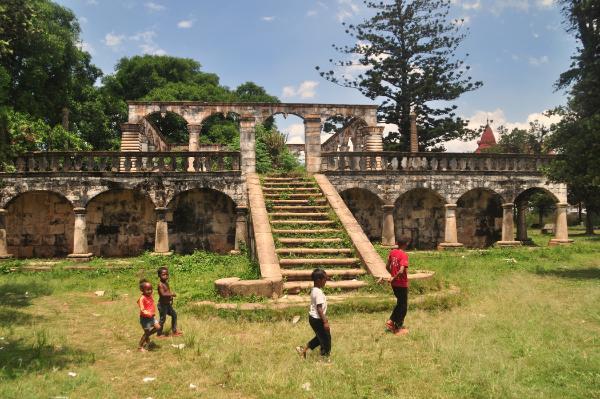
Rainiharo’s Tomb, constructed for one of Madagascar’s most notable prime ministers, features unique Malagasy stonework and carvings. Built in the 19th century, this mausoleum combines traditional Malagasy design with a regal aesthetic that pays homage to Rainiharo’s legacy. It’s a serene spot for anyone interested in Malagasy history, with its beautiful, understated architecture reflecting a mix of native and colonial influences.
Pirates Museum
A surprising gem in Antananarivo, the Pirates Museum dives into the island’s intriguing past with pirates and privateers. During the 17th and 18th centuries, Madagascar’s remote shores served as an ideal refuge for pirates, and this museum chronicles their journeys, alliances, and the legends that grew around them. Packed with fascinating stories and artifacts, the museum offers an exciting narrative that adds a bit of swashbuckling history to any trip.
Madagascar Photography Museum
The Madagascar Photography Museum is a must-visit for art and history enthusiasts alike. Through its displays of archival photographs and contemporary works, the museum presents a visual record of Malagasy life, from traditional village scenes to iconic historical moments. Located in a beautiful colonial building, the museum offers a deep look at the island’s evolving identity and provides a quiet, contemplative experience for visitors.
Is’art Galerie
Known as one of Antananarivo’s premier contemporary art spaces, Is’art Galerie showcases the work of local Malagasy artists. Through paintings, sculpture, installations, and performances, this gallery highlights Madagascar’s modern creative scene. With exhibitions addressing social issues, environmental concerns, and cultural pride, Is’art Galerie serves as a vibrant reflection of contemporary Malagasy life and is a must-see for anyone interested in the country’s artistic expression.
Tsarasaotra Park
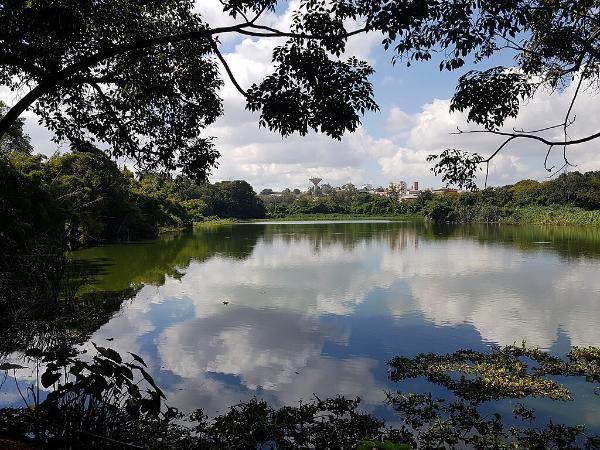
Located on the edge of the city’s metropolitan area, Tsarasaotra Park is a haven for birdwatchers and nature enthusiasts. Designated as a Ramsar wetland, this small, peaceful park is home to many bird species, including rare and endangered varieties. The park is one of the few urban spaces where Madagascar’s unique biodiversity can be observed up close, providing a calming escape for visitors and an essential habitat for native wildlife.
Photos
View (and if you want use) all my photographs from Antananarivo.
